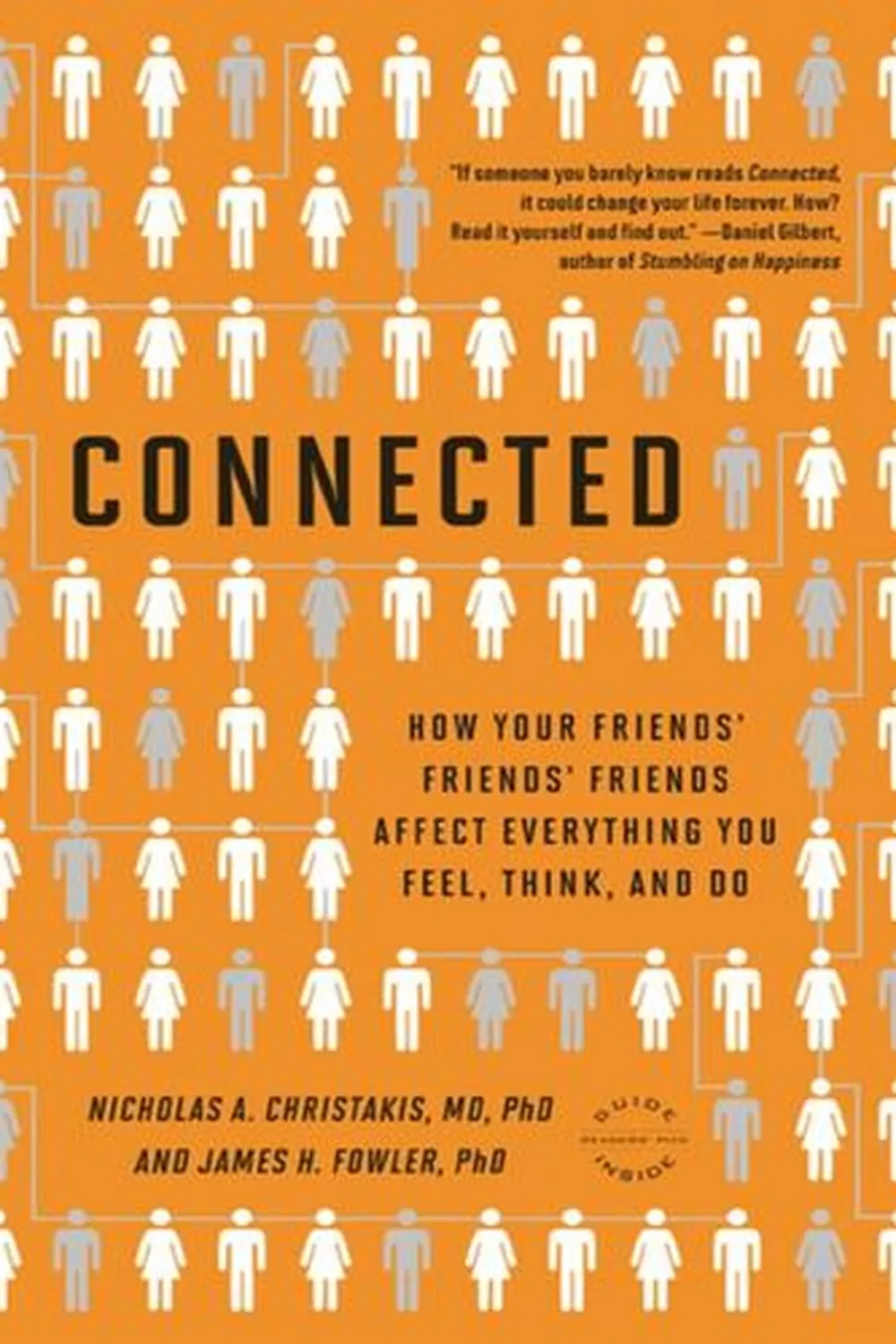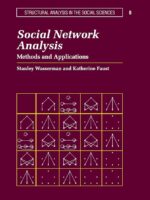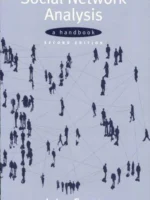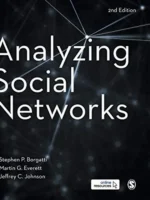Connected Review
Connected by Nicholas A. Christakis and James H. Fowler argues that social networks shape behaviors, emotions, and health in measurable ways. It popularizes network effects for general readers without losing empirical grounding.
Overview
Drawing on longitudinal datasets and experiments, the authors examine contagion of obesity, smoking, happiness, and norms; friendship formation; and the role of hubs and bridges. They explain how structure channels influence.
Summary
Findings suggest clustered adoption and decay, three-degrees-of-influence patterns, and positional advantages for diffusion. Mechanisms include homophily, shared environment, and true contagion, with careful caveats about identification and confounds.
Authors
Christakis (physician–sociologist) and Fowler (political scientist) write accessibly, pairing statistics with human stories and visualizations.
Key Themes
Structure as context; influence vs selection; hubs and bridges as leverage points; policy implications for health and behavior change.
Strengths and Weaknesses
Strengths: readable synthesis, memorable cases, and transparent discussion of limits. Weaknesses: debates over causality and generalization; some effects attenuate under stricter designs. Treat as a gateway to network literacy.
Target Audience
Leaders, educators, public health teams, and curious readers who need a network lens on everyday phenomena.
Favorite Ideas
Three-degrees reach; targeting bridges to accelerate change; mapping hidden ties before designing interventions.
Takeaways
People are embedded. Map the network, separate selection from contagion where possible, and use structure-aware strategies to shift behavior.





